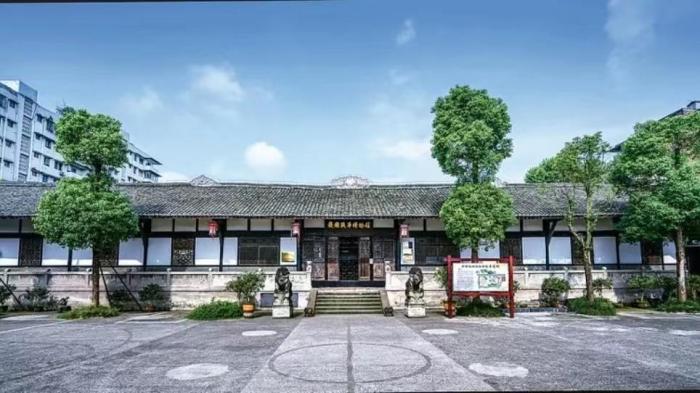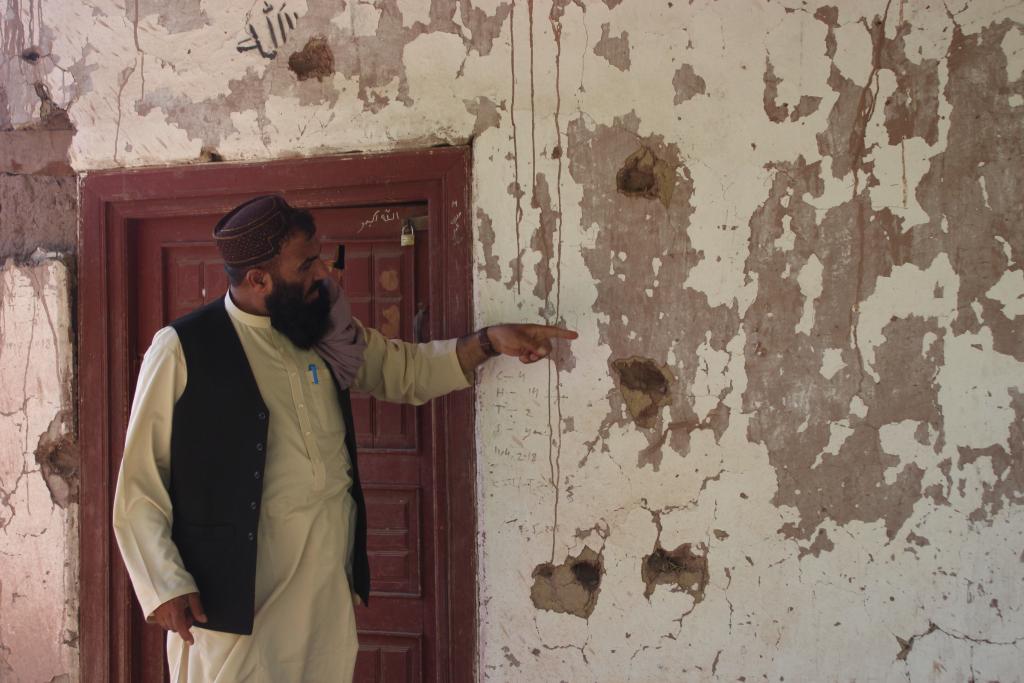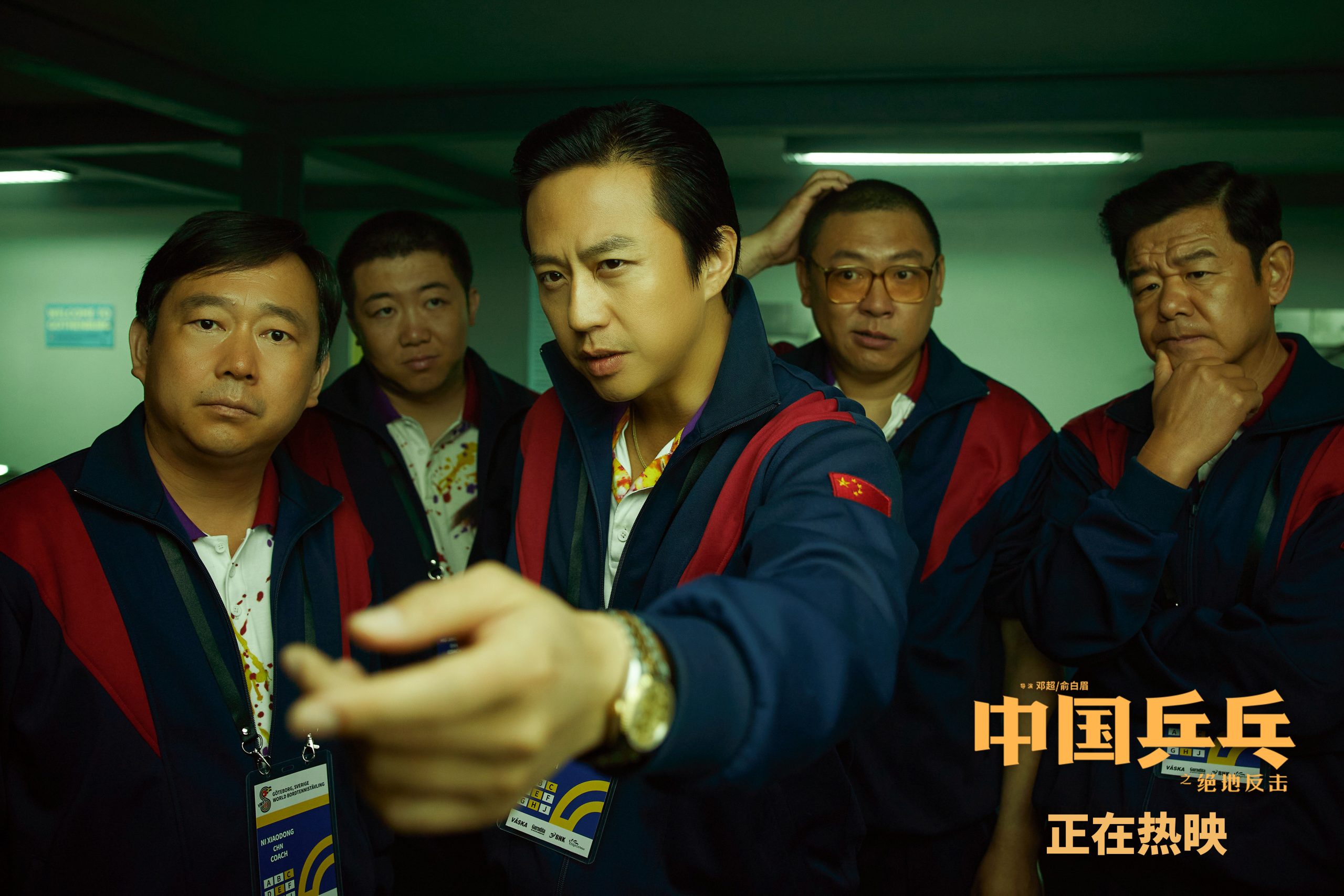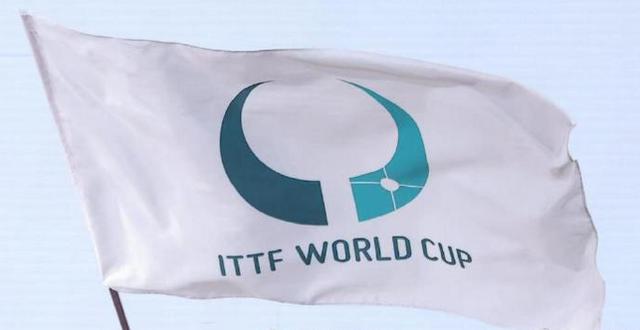During the two sessions of the National People’s Congress this year, cultural self-confidence once again became the focus of hot discussion. The report of the 19th National Congress of the Communist Party of China pointed out that cultural self-confidence is a more basic, deeper and more lasting force in the development of a country and a nation. Without a high degree of cultural self-confidence and cultural prosperity, there would be no great rejuvenation of the Chinese nation. In the new era, China’s cultural construction has ushered in new opportunities for development, which should lead to the prosperity of socialist literature and art and the development of cultural undertakings and industries. We should tell the story of China well, improve the national cultural soft power and enhance the world influence of Chinese culture.
Carry forward Chinese excellent traditional culture and strengthen cultural self-confidence
The 2018 government work report suggests that the people’s sense of gain, happiness and security should be continuously improved. The report puts forward that it is necessary to carry forward Chinese excellent traditional culture, inherit revolutionary culture, develop advanced socialist culture and cultivate and practice socialist core values. Strengthen ideological and moral construction and create mass spiritual civilization. Accelerate the construction of philosophy and social sciences with China characteristics, prosper literary and artistic creation, and develop news publishing, radio, film and television, archives and other undertakings. Strengthen the protection and utilization of cultural relics and the protection and inheritance of cultural heritage. Build a new type of think tank. Strengthen the construction of Internet content. In-depth implementation of the project of benefiting the people through culture and cultivation of new cultural formats. Deepen cultural exchanges between China and foreign countries.
China’s cultural self-confidence stems from the excellent traditional Chinese culture nurtured by the Chinese nation’s 5,000-year history of civilization. During the National People’s Congress and the National People’s Congress, many deputies suggested that we must vigorously carry forward China’s excellent traditional culture, speed up the construction of a modern public cultural service system, and strive to provide rich spiritual food for the people to live a better life.
"The values of Chinese culture have become the most basic cultural gene of the Chinese nation. We talk about cultural self-confidence, mainly the confidence of values. " Chen Lai, member of Chinese People’s Political Consultative Conference and professor of philosophy department of Tsinghua University Humanities College, believes that one of our important tasks today is to vigorously inherit and develop Chinese excellent culture, strengthen cultural self-confidence and undertake the historical mission of realizing the great rejuvenation of the Chinese nation.
In the view of Jia Pingwa, a representative of the National People’s Congress and a writer, the excellent traditional culture of the Chinese nation, such as literary classics and historical sites all over the country, all reflect our cultural confidence. He said that to strengthen cultural self-confidence, we must learn and inherit excellent traditional culture and literary classics. He admits that in recent years, advocacy and initiatives such as reading by the whole people and restoring traditional culture are conducive to understanding, understanding and strengthening cultural self-confidence.
Liao Huage, deputy to the National People’s Congress and chairman of Nanyang Federation of Literary and Art Circles in Henan Province, believes that strengthening cultural self-confidence must start with teenagers. Young people are the pillars of the country’s future development. It is suggested that we should increase the intensity and scope of excellent traditional culture education from kindergarten to primary schools, middle schools and universities, so that young people can "remember to dig wells while enjoying the cool, and not forget to plant trees", so that they can learn nutrition from excellent traditional culture, find motivation, discover the beauty of Chinese culture, root their cultural confidence in their hearts, and be subtly affected, thus rallying a powerful force for building a great Chinese dream.
Deepen cultural exchanges between China and foreign countries and tell the story of China well.
Practicing cultural self-confidence requires us to tell the story of China well, spread the voice of China well, let Chinese culture go global, and promote cultural exchanges and mutual learning between China and foreign countries. According to the report of the 19th National Congress of the Communist Party of China, in the new era, China will actively promote international cooperation in the belt and road initiative, strengthen cultural exchanges between China and foreign countries, promote the construction of international communication capacity, tell the story of China well, show a true, three-dimensional and comprehensive China, and improve the country’s cultural soft power.
The Opinions on Strengthening and Improving Humanities Exchanges between China and Foreign Countries issued by the General Offices of the General Office of the Central Committee of the CPC and the State Council proposes to strengthen the comprehensive communication capacity building of humanities exchanges between China and foreign countries, promote the joint production, joint interview and cooperative publication of Chinese and foreign radio, film and television, publishing institutions and news media, promote the mutual broadcast and exchange of Chinese and foreign film and television programs, implement special exchange projects and plans in the fields of books, films and television, and cultural performances, and enrich the literary and artistic contents and carriers of humanities exchanges; Make "People-to-People Exchange in internet plus" bigger and stronger, and realize the mutual complement and benign interaction between the entity and the virtual exchange platform. By enriching the forms of media communication and building all-media and cultural communication institutions with international influence, we can tell the story of China well, spread the voice of China, explain the road of China, and enhance the closeness of China’s cultural image.
Wang Shucheng, member of Chinese People’s Political Consultative Conference and editor-in-chief of the overseas edition of People’s Daily, believes that telling the world the story of China in the new era is to promote the excellent Chinese culture silently and make cultural integration become a bridge between Community of Shared Future for Mankind. China’s culture is extensive and profound, and many ideas reflect the common value pursuit of human civilization. It is necessary to further enhance cultural self-confidence, and tell the story of China carefully by broadening horizons, expanding channels and integrating resources, so that Chinese and foreign cultures can realize benign interaction in exchanges and mutual learning; By further improving the level of creativity, China cultural symbols can be transformed into world-famous cultural products and ideas, and the world can perceive China and understand China through culture, thus effectively improving China’s cultural soft power.
"To spread the voice of China to the world and tell the story of China well, we need to study and choose the most effective communication strategy. It is necessary to understand each other’s historical traditions, cultural psychology and information acceptance habits. " An Laishun, member of Chinese People’s Political Consultative Conference and vice chairman of the International Association of Museums, believes that today, China culture has taken a decisive step to go abroad. What needs to be further strengthened is to let China culture really go in, enter each other’s hearts, resonate emotionally, and let people of all countries truly and naturally realize that Chinese culture is an excellent culture with eternal charm across time and space.
Wu Hongliang, member of Chinese People’s Political Consultative Conference and vice president of Beijing Painting Academy, said that telling the story of China well requires innovation in ways and means. He suggested that in the process of foreign cultural exchange, we can fully tap the international art collections and talent resources, and make use of the existing conditions in other countries to complete the exhibition, research and dissemination of China art locally. The result is low cost, quick effect, great influence and deep integration, which can improve China’s cultural soft power with half the effort and provide new ideas for promoting the international communication ability of China traditional culture.
China Cultural Exchange Network: Actively Building a National Cultural Soft Power Communication Platform
China Cultural Exchange Network, a comprehensive, public-welfare and cultural information website under the academic guidance of China Institute of Economic Reform and Development of Renmin University of China and Guosheng Think Tank, takes "promoting traditional culture and serving China in the future" as its purpose, actively implements "Several Opinions on Strengthening and Improving People-to-People Exchanges between China and Foreign Countries", earnestly strengthens the construction of communication capacity, and is committed to building an Internet cultural exchange platform and a national cultural soft power communication platform.
China Cultural Exchange Network integrates the Internet, mobile terminals, WeChat, Weibo, video, newspapers and other media platforms, and is forming a multi-level communication mode such as graphics, text, audio and video. The website has carried out strategic cooperation with domestic authoritative academic institutions, book publishing, film and television production, intangible cultural heritage protection, tourism, big data, industrial parks and other industrial entities, forming a systematic independent intellectual property right of "culture+",which has demonstrated China’s cultural soft power and cultural self-confidence in external communication. In September 2017, China Cultural Exchange Network was awarded the "Computer Software Copyright Registration Certificate" by the National Copyright Administration of People’s Republic of China (PRC) (registration number: 2017SR541515). It has successively obtained the trademark right granted by the State Trademark Office (registration number: 13524174), the copyright registration certificate issued by the State Copyright Administration (Guo Zuo Deng Zi -2014-F-00156441), and won the "China Government Website Excellence Award in 2014 and 2015", and the innovative service platform of "internet plus Culture" in 2016, which was approved by Beijing Press, Publication, Radio, Film and Television Bureau.
The large-scale network digital platform of "Window of China Digital Expo Hall" established by the website’s independent innovation spreads Chinese excellent traditional culture through the whole media with the digital technology of "Silk Road Cloud" from five aspects: network art museum, network literature museum, network intangible cultural heritage museum, network photography museum and network academic center. Among them, the network academic center is a new network think tank platform launched by China Cultural Exchange Network to promote the integration and innovation of "media think tanks". At present, many famous experts and scholars such as Wang Yiwei, Zhao Lei, Chen Ping, Zhang Xuedong, Ke Yinbin, Yuan Li, Zhao Jianjun, Zhang Baotong and Lu Yintao have been launched, and their important viewpoints, academic achievements and social influence have been presented and displayed intensively.
China Cultural Exchange Network has long been concerned about the cultural communication and economic development of "the belt and road initiative", and cooperated with the launch of large-scale special topics and special actions involving "the belt and road initiative" cultural exchange, tourism, ecology, pension, health, intangible cultural heritage protection, Chinese medicine, film and television, logistics and other fields. The website launched a series of new media projects such as "Silk Road Meeting Room" and "Think Tank Meeting Room", and through the platform information channel of "internet plus", The belt and road initiative Cultural Communication and Economic Development Forum, the belt and road initiative Intangible Heritage Protection Special Action, the belt and road initiative Hundred People Forum, Silk Road Business Leaders Summit (Xi ‘an), montana International Forum, Silk Road International Film Festival New Silk Road Youth Video Contest, the belt and road initiative (Weinan) Sister City Dialogue, the belt and road initiative (Weinan) Sister City Development Conference, and The Most Beautiful Sunset Red. Henan Zhongyuan Aquatic Logistics Port and other large-scale topics, deeply interpret and promote the demonstration projects and sample projects in the field of "the belt and road initiative" cultural communication and economic development, and explore the new mode of "the belt and road initiative" cultural exchange.China Cultural Exchange Network has held the "Light of Civilization, Person of the Year in China Cultural Exchange" for five consecutive years, focusing on individuals and organizations that have made outstanding contributions to the promotion of "the belt and road initiative" cultural communication and economic development, and the mutual learning of Chinese culture and Chinese and foreign civilizations, and encouraging all sectors of society to participate in cultural exchanges between China and foreign countries.
CHINA Cultural Exchange Network participated in the co-sponsored "CHINA in My Eyes" city brand publicity project, covering the "China in My Eyes" photo essay contest and many sub-activities such as China Shaanxi, Xinjiang, Gansu, Qinghai, Guiyang, Dali, Quanzhou, Dalian, Zhengzhou, Beijing, Shanghai, Guangzhou, Shenzhen and Hong Kong. The theme of "CHINA in My Eyes" is "Tell the story of China well and spread the voice of China well". Through images and words, it truly records and reflects the new normal in China’s cultural, economic and social fields, promotes people-to-people exchanges and shows the achievements and great progress of urban development. After several years of operation, it has become a large-scale publicity project to display the image of China and shape the city brand, and has made positive contributions to enhancing the country’s cultural soft power.














